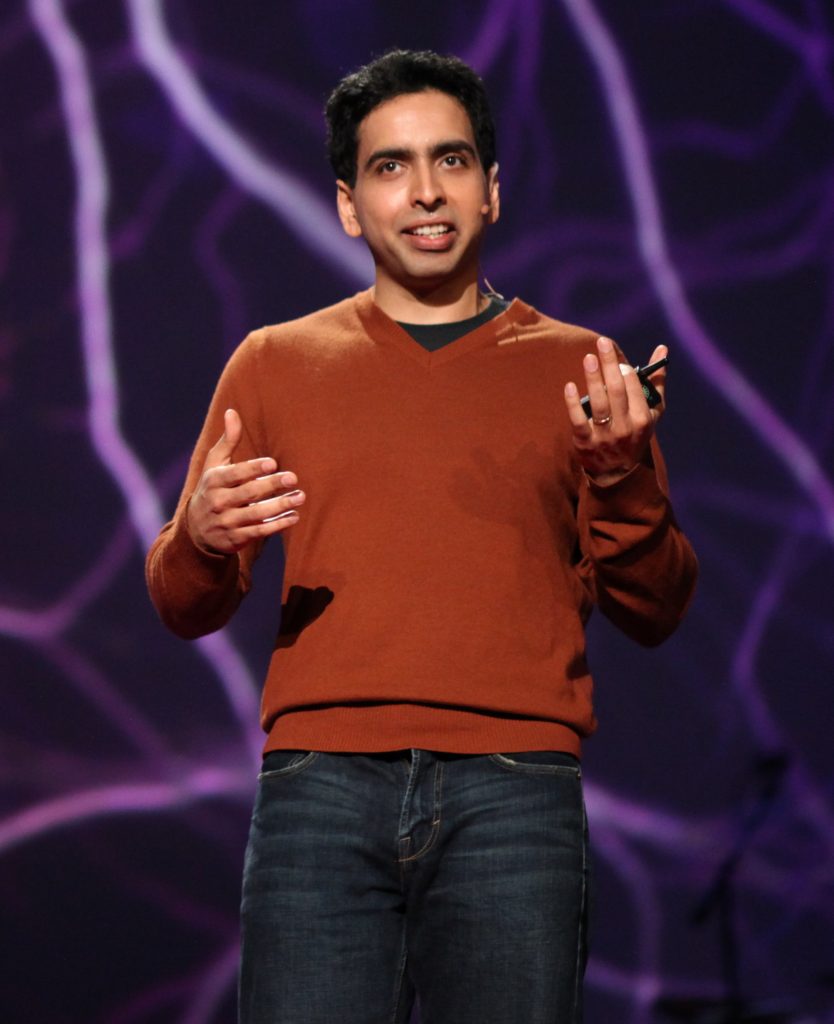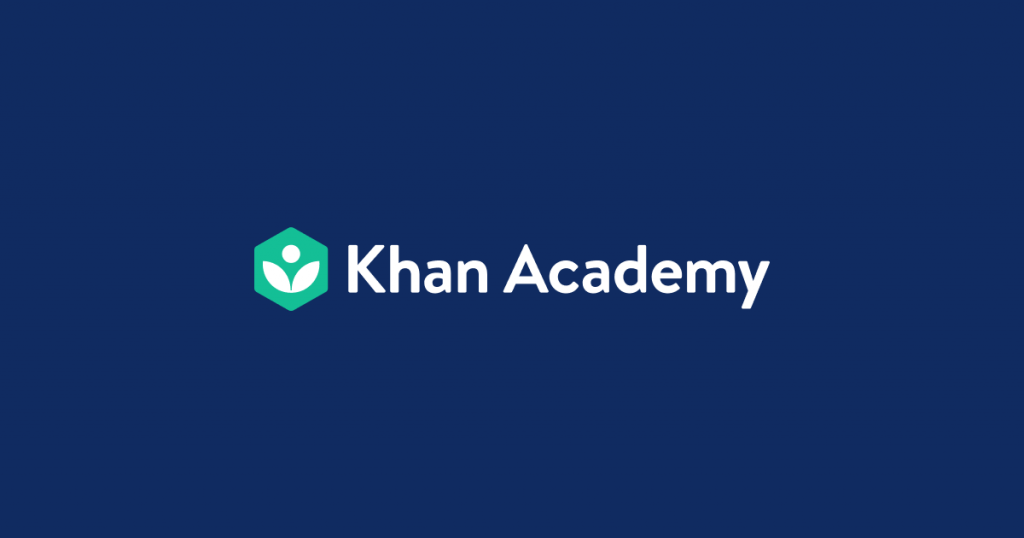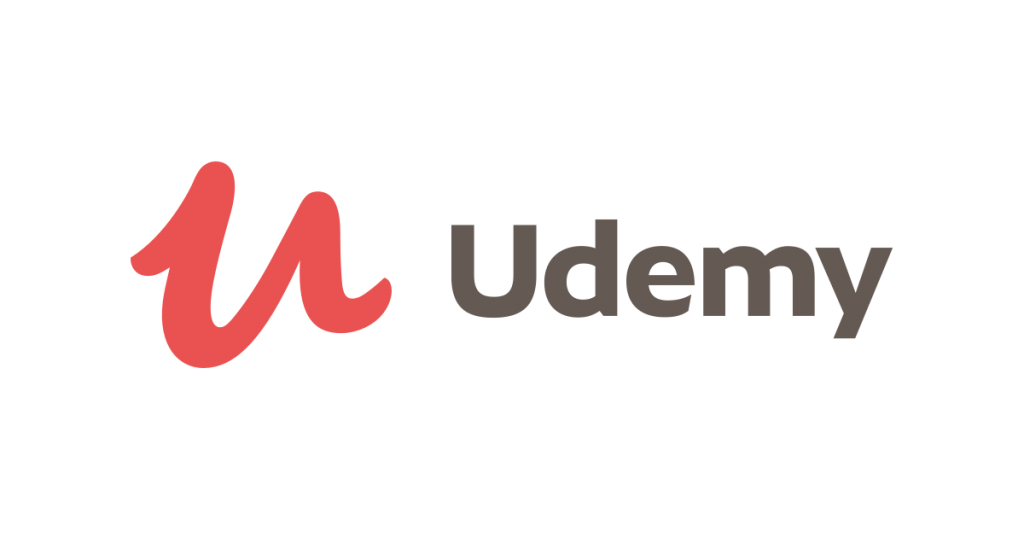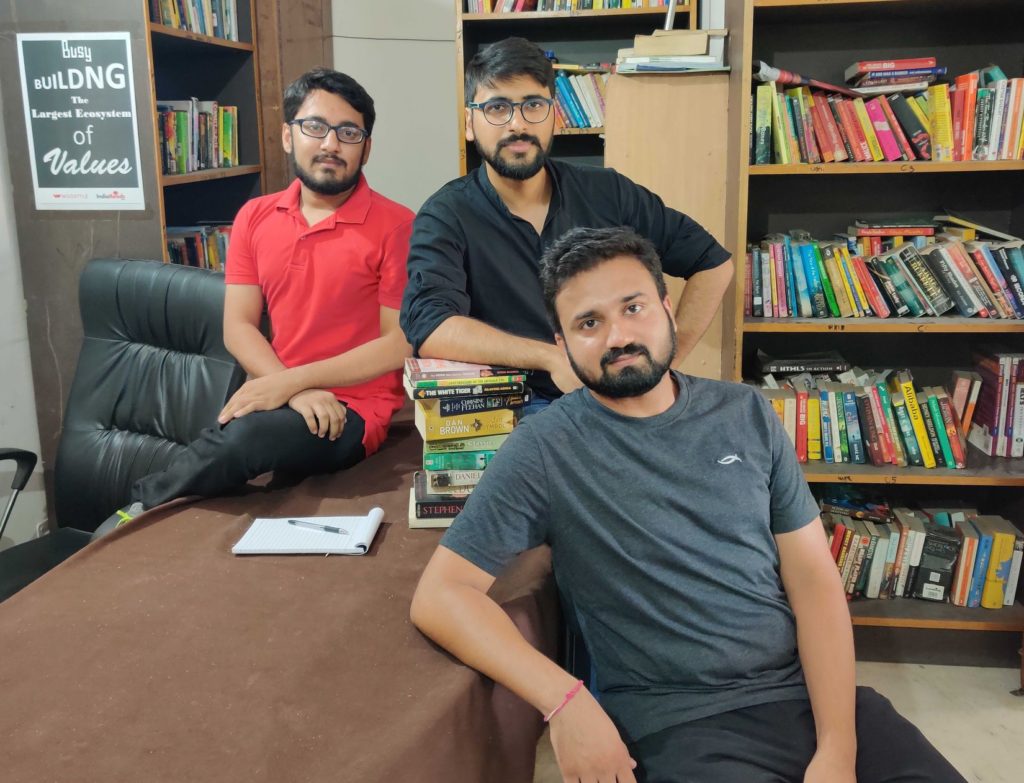Khan Academy- An organization to provide worldwide free education
Online education is reaching out to more students in need with every passing day. Millions of students around the world have benefited from the concept of e-learning. The best part about online education is you can learn around the clock and play the role of both student and a teacher. There are so many short-term courses that are launched due to the ease of e-learning on the e-learning platforms like Khan Academy. So, even if you are an educator, here you can play the part of the student as well.

A non-profitable organization – Khan Academy
Most of the organizations maintain two plans, one for everyone and the other package for the paid users. It can either be a type of subscription process or a fixed amount that varies from course to course. But, none of the online e-learning platforms gives every course package for free because they are the most profitable organizations.
But, Khan Academy is doing an exceptionally good job with an aim for educating the mass. Khan Academy is a non-profit American educational organization created by Sal Khan. He created the organization in 2008 with a passion to create world-class education for everyone. One can visit the website of Khan Academy and start watching videos for any course they like from school to graduation level.
About the Founder
Salman Khan, famous as Sal Khan, is the founder of the Khan Academy. Born on 11th October 1976, Salman belongs to a Bengali family. Born and brought up in the United States, Salman went to Grace King High School followed by The University of New Orleans.
For higher studies, he went to the Massachusetts Institute of Technology and earned a bachelor’s degree in Electrical Engineering and Mathematics as well. Salman completed his master’s in Computer Science and went to Harvard Business School and acquired an MBA. After completing his studies, Salman joined Connective Capital Management as a hedge fund analyst.
How Khan Academy was founded?
A lot of successful businesses emerged as a solution to a critical situation. Similarly, Salman didn’t have any plan to create a free educational organization at an international level when he worked as an analyst.
It was back in 2003 when Salman started tutoring his cousin as she was facing trouble with Mathematics. Salman used Yahoo’s Doodle notepad to teach her and eventually, more family members joined it. The demand started rising as he was doing it for free until one of his friends suggested to record the tutorials and upload them on YouTube. By doing this anyone can have free access to the tutorials at any time from anywhere in the world. So, in 2009, Salman quit his analyst job and devoted towards creating his YouTube channel, Khan Academy. While doing so Salman received funding from Ann Doerr, wife of the famous American investor, John Doerr.
When Salman started Khan Academy, he added courses from multiple aspects of higher education such as arts, computer science, etc. But, the main focus of the website was to create high secondary mathematics videos coupled with online exercise to test yourself. The videos ranged from very basic mathematical operations to complex algebraic problems.
Expansion of the organization
After Salman started at a full pace, everyone kept asking about the business model. But, Salman says there is no business model. He started it as a hobby and now he has the passion to deliver education to anyone and everyone around the world for free. Yes, you heard me right, “for FREE”. Khan Academy, even after a decade of its establishment remains a non-profit organization trying to educate the mass.
Khan Academy became more famous when Bill Gates at the Aspen Ideas Festival mentioned that he was using the videos of Khan Academy to teach his child. After a few days, the Bill and Melinda Gates Foundation contacted him and provided massive support.
Within 2013, Khan Academy’s website witnessed around 6 million monthly active users and more than 10 million views. The website had more than 4,000 online tutorials that were useful for both the students and the teachers and the parents as well. Khan’s videos were limited to a 10-minute span which kept it crisp and not monotonous at the same time.
Funding
Since Khan Academy is a non-profit organization, the company runs from the funding received from donations, especially philanthropic organizations. Google donated $2 million in 2010, AT&T donated $2.25 million in 2015, and Carlos Slim donated to the institution for making Spanish version of the videos.
Critics
Despite doing a commendable job and service for the society that is in sheer need of education, many people pointed out that the videos lack the skill of professionalism. Some experts pointed out technical errors as well. But, the valuable content that Khan Academy is providing is huge compared to some of the glitch or inaccuracy

Annasha Dey is an NIT student, who apart from studying engineering is also a content writer. She has a great interest in photography, writing, reading novels, and travelling as well. She is a foodie who loves socializing and hanging out with her friends. She is also a trained Kathak dancer and a big fashion enthusiast. Dey also loves watching TV series, which includes F.R.I.E.N.D.S. and Big Bang Theory. To be a better writer she prefers to read more





